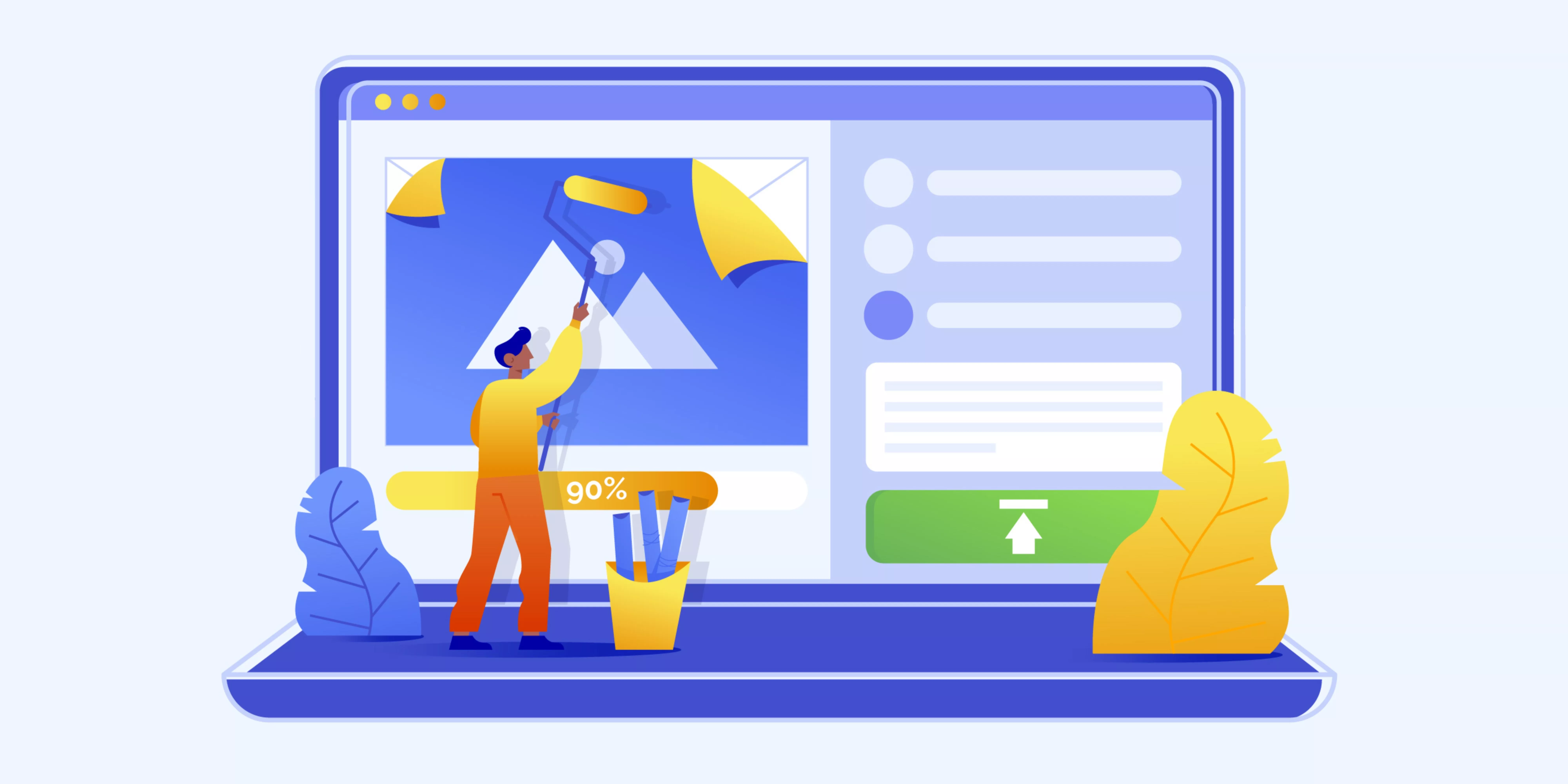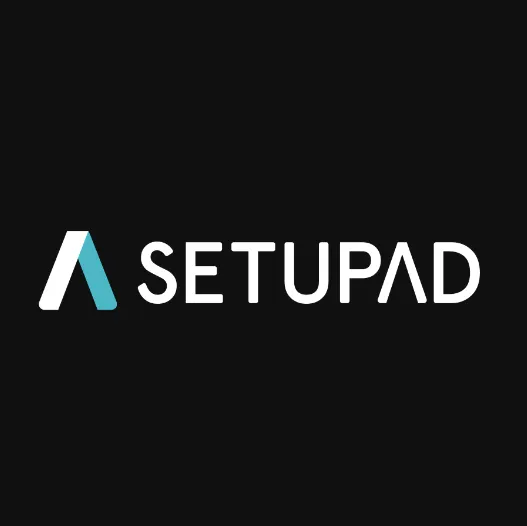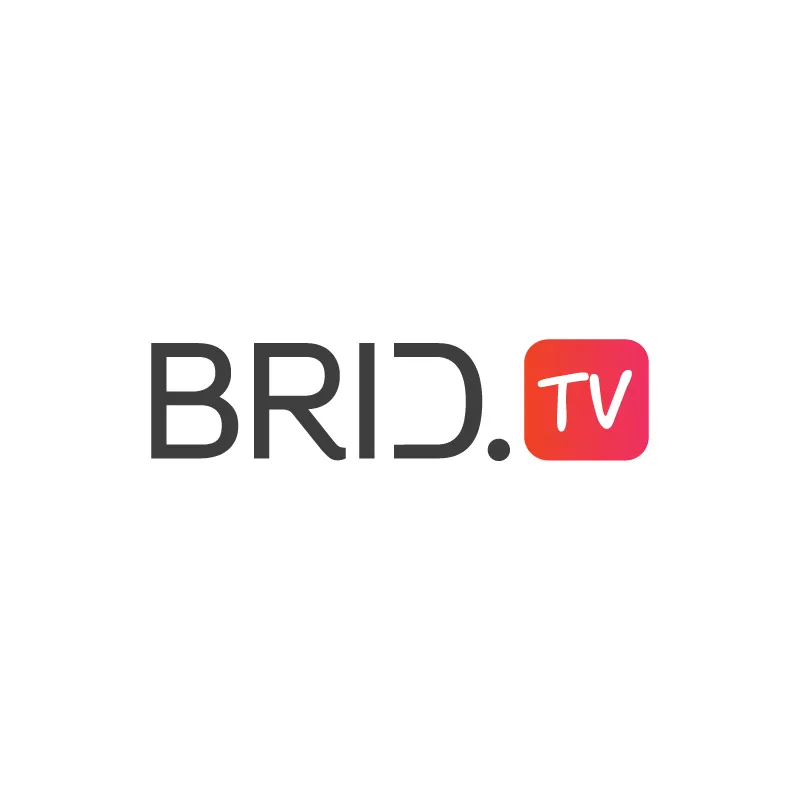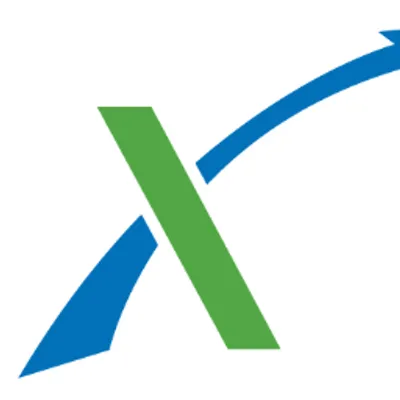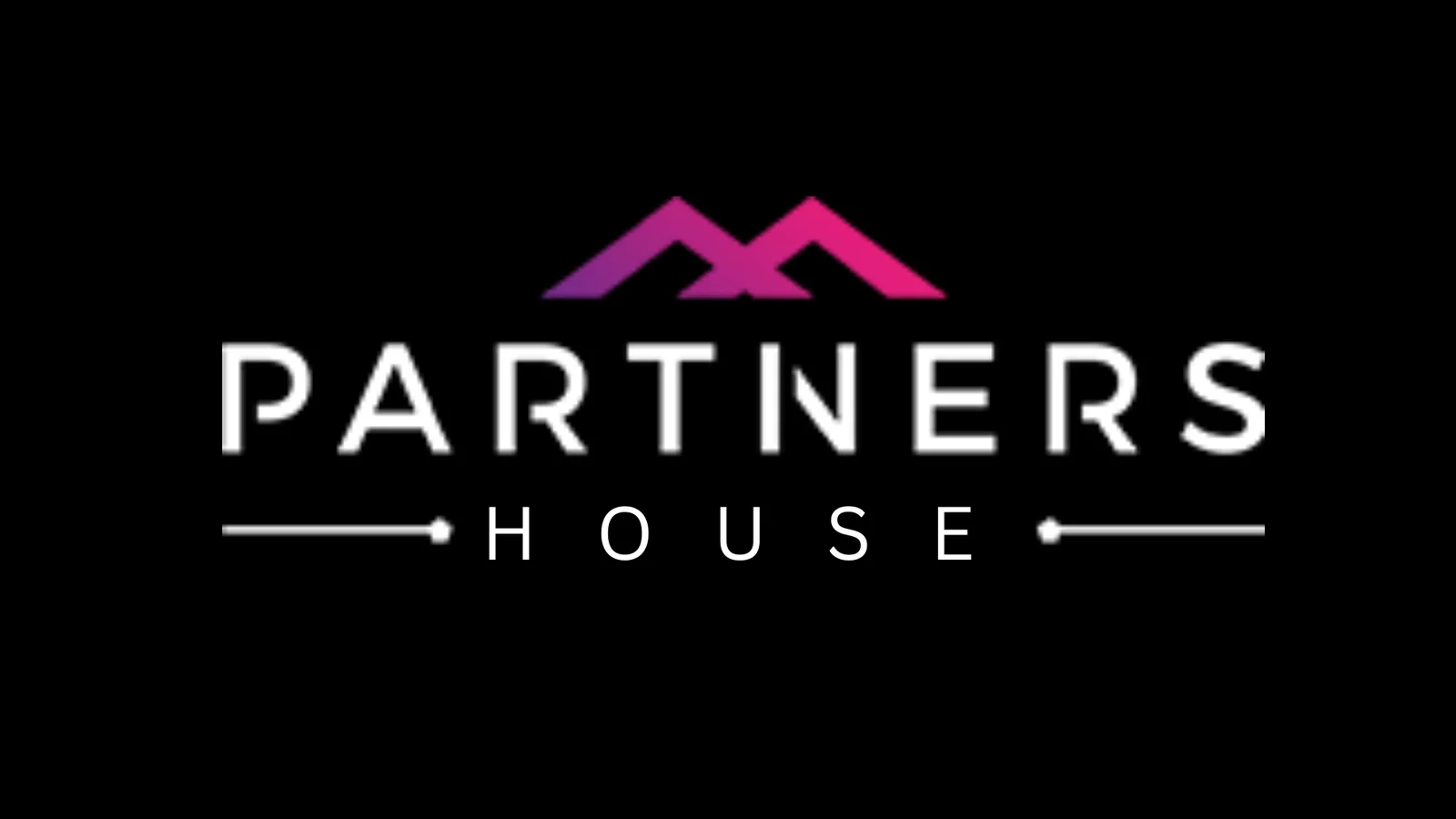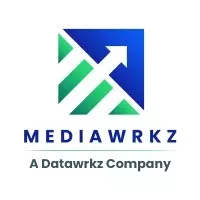How to Setup Your Ad Stack for Better Monetization?
-
 By Editorial Staff
By Editorial Staff
-
13 March 24
Publishers need to set up their own adtech stack to have better control over their monetization strategy and increased revenue potential. Setting up your adtech stack for better monetization involves integrating various technologies and tools to optimize ad serving, maximize revenue, and improve the overall efficiency of your advertising operations. Setting up your own ad stack with Google ad manager and prebid or a header bidding sas product can be instrumental in driving substantial revenue for your business. Before we start with the process of setting up your adtech for better monetization, take a look at why you should be using your own adstack.
Summary
-
Setup Your Ad Stack for Better Monetization
- 1. Assess Your Needs and Goals
- 2. Select Ad Serving Platforms
- 3. Implement Header Bidding
- 4. Integrate Ad Networks and Exchanges
- 5. Utilize Ad Quality and Brand Safety Tools
- 6. Optimize Ad Placement and Formats
- 7. Implement Audience Segmentation and Targeting
- 8. Enable Ad Blocking and Ad Reinsertion
- 9. Monitor and Analyze Performance
- Increased Control: By building your own adtech stack, you have greater control over the entire advertising process, from ad serving to optimization. This allows you to tailor your ad placements, formats, and targeting strategies to best suit your audience and maximize revenue.
- Customization: With your own adtech stack, you can customize the ad experience to align with your brand and user experience goals. You can choose the ad formats, placements, and frequency that best complement your content and engage your audience effectively.
- Higher Revenue Potential: Building your own adtech stack gives you the flexibility to work directly with advertisers and demand partners, cutting out intermediaries and increasing your revenue potential. You can negotiate better deals, set your own pricing, and retain a larger share of ad revenue.
- Data Ownership: When you manage your own adtech stack, you retain ownership of your audience data and insights. This allows you to leverage first-party data for better targeting, personalization, and analytics, without relying on third-party platforms.
How to Setup Your Ad Stack for Better Monetization?
Here's a step-by-step guide to help you set up your adtech stack effectively.
1. Assess Your Needs and Goals:
You should identify the key challenges and monetization objectives before setting up your ad stack. Also, identify the best performing advertising type for your website- whether you're focused on display advertising, video advertising, native advertising, or a combination of ad formats. You need to be familiar with your audience size, geographic location, website traffic, and revenue targets.
2. Select Ad Serving Platforms:
The next step is to select an ad server that aligns with your needs and goals. You need to consider the capabilities of the ad server, the pricing model, the initial setup, and customer support. Some of the popular ad serving platforms to choose from are Google Ad Manager, Kevel, Admixer, Epom, OpenX, and AdButler.
3. Implement Header Bidding:
You have to implement header bidding technology to maximize the ad revenue and increase the overall yield. If you have existing direct SSP relationships and GAM account, you may quickly launch header bidding and extend the list of SSP connections in Prebid client and Prebid Server connections using services from Setupad. This will save you a lot of money as your don’t have to build your own technology.
4. Integrate Ad Networks and Exchanges:
Onboarding a diverse range of ad networks, exchanges, and demand-side platforms (DSPs) will give you access to a broad pool of advertisers and increase demand for your ad inventory. This will help you negotiate favorable terms and prioritize partnerships that offer competitive CPMs, fill rates, and quality ads.
5. Utilize Ad Quality and Brand Safety Tools:
Using a set of tools to monitor ad quality and brand safety will ensure higher CPMs and ensure a positive user experience for your brand. Ensuring the use of ad verification tools to detect and block malicious ads, malware, and inappropriate content can help improve user experience in the long run.
6. Optimize Ad Placement and Formats:
Using price floor optimization tools along with ad placement optimization can significantly increase the user engagement and revenue. Run A/B testing to identify the most effective ad placements and optimize for viewability and click-through rates. Consider factors such as page layout, content relevance, and user experience when placing ads.
7. Implement Audience Segmentation and Targeting:
Using first-party data insights can be used to segment audience and enhance targeting capabilities, which in turn can be used to deliver more relevant
Leverage audience segmentation and targeting capabilities to deliver more relevant and personalized ads to your users. Utilize first-party data, such as user demographics, interests, and behavior, to create audience segments and target them with tailored ad campaigns. Consider implementing data management platforms (DMPs) to centralize and activate audience data across channels.
8. Enable Ad Blocking and Ad Reinsertion:
Implement ad blocking and ad reinsertion solutions to recover revenue lost due to ad blockers. Ad blocking technology detects when users are using ad blockers and delivers alternative ad experiences, such as ad reinsertion or subscription prompts, to monetize otherwise blocked inventory.
9. Monitor and Analyze Performance:
It is advised to regularly monitor your ad performance and automate reports for CPM dips, revenue fluctuations, and viewability.
Regularly monitor ad performance metrics such as fill rate, CPM, CPC, revenue, and eCPM to evaluate the effectiveness of your adtech stack. Use analytics and reporting tools provided by your ad serving platform to track key performance indicators and identify optimization opportunities. Adjust your strategy based on data-driven insights to continuously improve monetization results.
By following these steps and leveraging the right combination of technologies and strategies, you can set up your adtech stack for better monetization and maximize revenue from your digital properties.
| Recommended Software | Category | Why Choose? | Signup URL |
|---|---|---|---|
| Setupad | Website Monetization | High CPMs, On time payments | Signup here |
| Refinery89 | Website Monetization | Easy installation, High CPMs | Signup here |

Editorial Staff at Publisher Growth is a team of blogging and AdTech experts adept at creating how-to, tutorials, listings, and reviews that can publishers run their online businesses in a better way.
View All PostsOur Editors’ Pick:
Browse these amazing publisher monetization tools handpicked by our team of editors
















